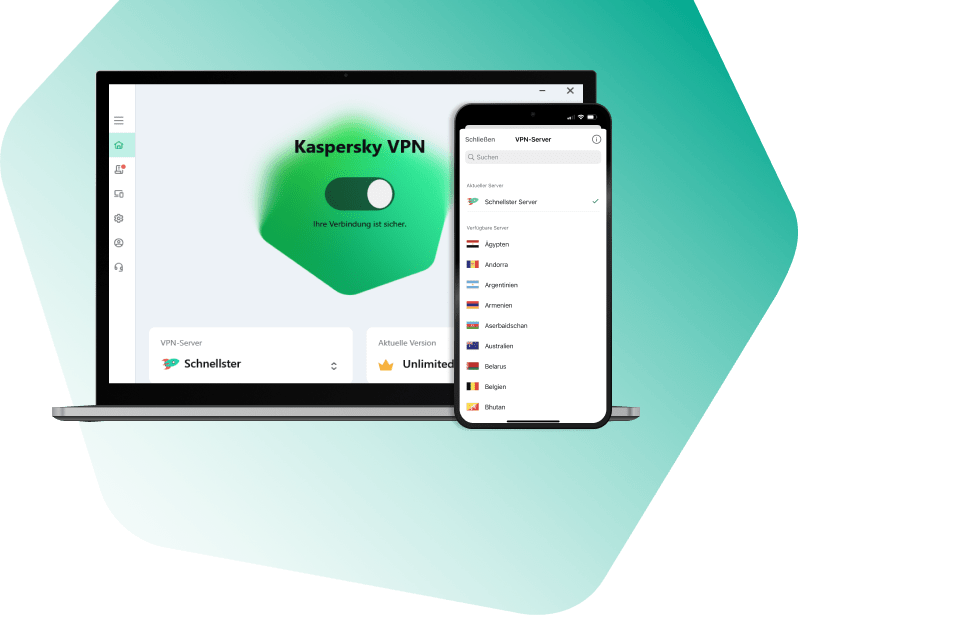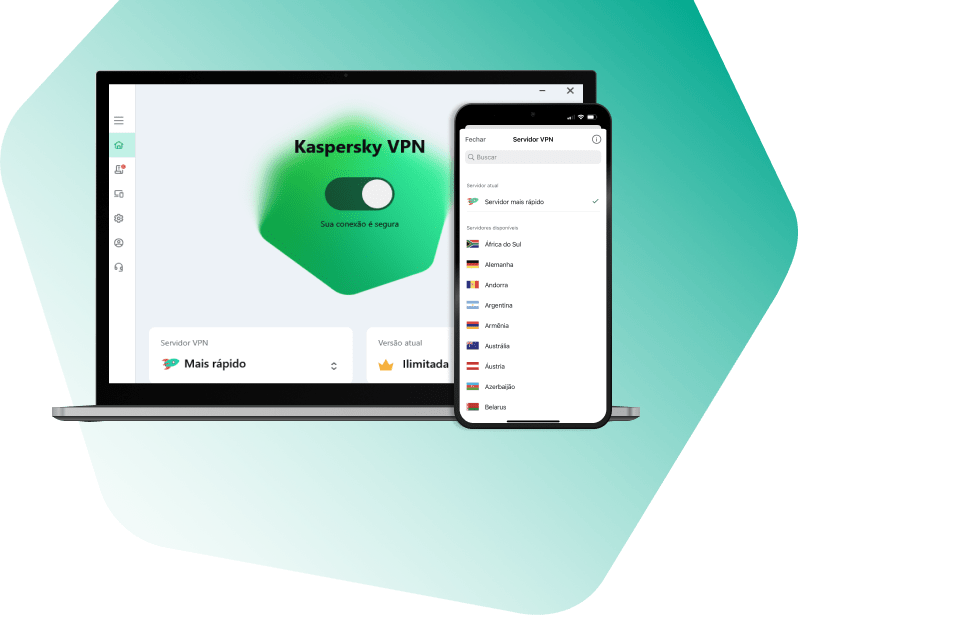How to modify KES incompatible software list [KES for Windows]
Advice and Solutions (Community Knowledgebase) Disclaimer. Read before using materials.
In case you want to skip automatic uninstallation of a specific software, but do not want to disable incompatible software check completely, you may edit cleaner.cab.
Step-by-step guide
- Download full KES distributive
- Start it and make sure all files were unpacked
- Navigate to the directory you unpacked kes_win.msi to
- Find cleaner.cab in case of KES11.9 and older versions. Find cleaner_v2.cab in case of KES 11.10 and more recent versions
- Unpack the contents to the temporary directory c:\temp\cleaner_v2 or c:\temp\cleaner
- Search for a 3d party product (for example, Bitdefender) to be removed from KES install package by running this command: findstr /C:"Bitdefender Endpoint Security Tools" C:\temp\cleaner_v2\*.ini
- It will display the exact name of ini file destined to remove Bitdefender Endpoint Security Tools: C:\temp\cleaner_v2\2dd68715-037d-4c3d-bb5e-e07f07bcb357.ini:name=Bitdefender Endpoint Security Tools 6 x64
- Open the the contents of 2dd68715-037d-4c3d-bb5e-e07f07bcb357.ini for more details about 3d party product in question. If everything is ok, delete the ini file
- Find cleanapi.ini
-
Find and remove all lines related to the products you removed on step 8 (several 3d party products can be removed):
[bitdefender_endp_sec_tools_6_2_15_x64]file=2dd68715-037d-4c3d-bb5e-e07f07bcb357.iniAntivirus=1Product=KES
11. Pack all the remaining files to cleaner.cab in case of KES 11.9 and older, cleaner_v2.cab in case of KES 11.10 and more recent version
You may now use this custom file instead of the standard one. Place it near setup.exe or *.kud\*.kpd and re-create a new package in KSC console.
Packing files back to *.cab file may be difficult if you do not have specific software. Below you can find two scripts: one for command prompt, one for powershell.
Command prompt
Run command prompt script from the directory with *.ini files.
In case of KES11.10 and more recent:
@echo off
dir /s /b /a-d >files.txt
makecab /d "CabinetName1=cleaner_v2.cab" /d "MaxDiskSize=0" /f files.txt
del /q /f files.txt, setup.inf, setup.rpt
In case of KES 11.9 and older:
@echo off
dir /s /b /a-d >files.txt
makecab /d "CabinetName1=cleaner.cab" /d "MaxDiskSize=0" /f files.txt
del /q /f files.txt, setup.inf, setup.rpt
|
Please be advised that cab file will be saved to the disk1 subfolder inside the folder with ini files.
Powershell
Powershell script syntax is: compress-directory "PATH_TO_INI"
function compress-directory([string]$dir)
{
$ddf = ".OPTION EXPLICIT
.Set CabinetNameTemplate=cleaner.cab
.Set DiskDirectory1=.
.Set CompressionType=MSZIP
.Set Cabinet=on
.Set Compress=on
.Set CabinetFileCountThreshold=0
.Set FolderFileCountThreshold=0
.Set FolderSizeThreshold=0
.Set MaxCabinetSize=0
.Set MaxDiskFileCount=0
.Set MaxDiskSize=0
"
$dirfullname = (get-item $dir).fullname
$ddfpath = ($env:TEMP+"\temp.ddf")
$ddf += (ls -recurse $dir | ? {!$_.psiscontainer}|select -expand fullname|%{'"'+$_+'" "'+$_.SubString($dirfullname.length+1)+'"'}) -join "`r`n"
$ddf
$ddf | Out-File -encoding UTF8 $ddfpath
makecab /F $ddfpath
rm $ddfpath
rm setup.inf
rm setup.rpt
}
|

























0 Comments
Recommended Comments
There are no comments to display.
Please sign in to comment
You will be able to leave a comment after signing in
Sign In Now